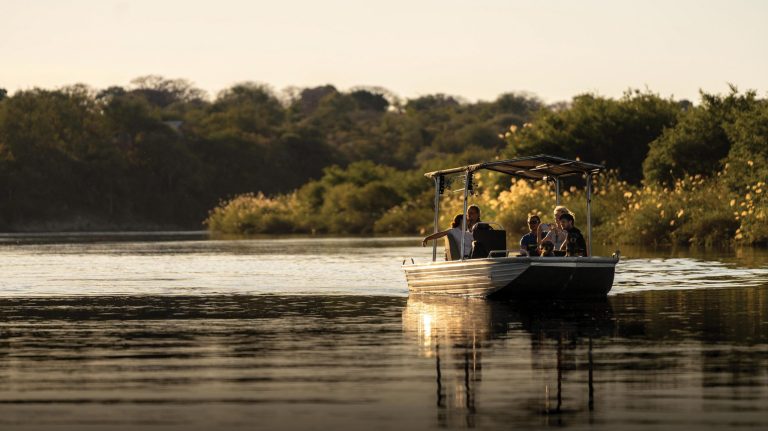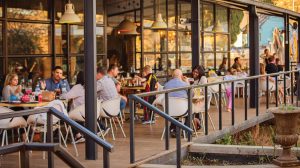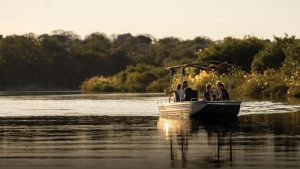
Droombos Estate
Just minutes from Windhoek and yet worlds away from its pace, Droombos Estate has become synonymous with refined hospitality and

Text POMPIE BURGER | Photographs POMPIE BURGER
Birding has become a large percentage of tourism all over the world, Namibia is one of the very important and very popular destinations. Namibia has only one true endemic bird and 13 near endemic species which are rather indispensable for the serious (fanatic) birders. For normal people there are many beautiful and special birds which attract hundreds, thousands of tourists every year. What are they worth?
Apparently one can divide birders into three groups: fanatical, enthusiastic and casual. Obviously each with their different needs, values (money and personalities) and importance. How important is birding for a country on a national scale? Do we need to cater for birders, do they play a role in the bigger picture of tourism?
As a country with a relatively small population, Namibia has a rather impressive number of birders. On the local WhatsApp group there are 488 members, which in a population so small is not too bad – although still relatively small compared with those in the developed countries in the Northern Hemisphere. While one in about 2500 South Africans/Namibians is an active birder, this is less than one tenth of the ratio in the USA where one in 250 citizens is estimated to be active birders, and the numbers are growing fast.
According to research conducted in the UK in the late 1990s, two thirds of birders are men, of whom half are between 40 and 60 years old. So it is not, as one might think, a hobby for little old ladies with nat broekies (an Afrikaans idiom referring to people who constantly complain). Apparently birders tend to be highly educated with an average of 15 years of education and most of them are pretty well-off. However, I am a bit skeptical about the intelligence of a lot of those people even though they might have had so many years of education. With their financial status I cannot argue, especially if you look at the birding equipment that they carry around. The important point is, you need time and money to do birding, especially if you fall into the fanatical category. For the rest of you birders, your garden is a very good opportunity to enhance your ticking list. Luckily there are some very excellent birding operators in Namibia to guide you to the impossible.
My favourite part of the research are the different groups. Apparently, to qualify to be a fanatical birder you must spend most of your time birding. The enthusiastic birder regularly makes an effort to go on birding trips, while the casual birder enjoys watching birds when gardening, hiking or visiting game parks. According to the study, these different categories of birders differ quite markedly in terms of their activity and expenditure patterns.
While one in about 2500 South Africans/Namibians is an active birder, this is less than one tenth of the ratio in the USA where one in 250 citizens is estimated to be active birders, and the numbers are growing fast.
Fanatical birders will fly to Ruacana to look for an Angolan Cave Chat or a Cinderella Waxbill. They look puzzled, frown upon, look gatvol (fed up), when you (the casual birder) want to stop and have a look at a Carmine Bee-eater. In the good old days when the only bird book available was Robberts Birds of Southern Africa they knew the Robberts number of a bird, talking about number 564 instead of a Bare cheeked Babbler. They chuckled behind their hand/ wing and looked at each other with a wry smile when you did not know the difference between Leach’s Storm Petrel and Wilson’s Storm Petrel. As you can imagine I could go on forever about this unique group/species, even more unique than a White-bellied Storm Petrel. Today there are hundreds of bird books on the shelves.
The enthusiastic birder is a bit more ‘normal’, but on their way to becoming abnormal if the opportunity allows, either by education or financially. This is by far the largest group in the three categories. As they lose members to the higher echelons of birders, the group is reinforced by members from the casual group. Their normality is still acceptable, they still get excited when seeing a Yellow-billed Stork or a Martial Eagle. Some of the members of this group even know the difference between the call of a Giant Eagle Owl and a Spotted Eagle Owl. Most of them will consider getting a bird call app, some even thinking about buying new 30×40 Zeiss binoculars.
The normal group (casual birders) is pretty much like my daughter, although she is not a gardener, hiker or a visitor to game parks. Maybe I should put her in a more exclusive category, maybe ignorant or just extremely normal. Also, she is not financially educatable, and her general education is debatable. So back to the casual birders. Probably they all have the potential for bigger things in life. If you are a gardener, hiker or visiting game parks there is indeed a great future lying ahead. Once you have seen hundreds of Carmine Bee-eaters taking off from their nesting colony you will be hooked forever – so talk to your banker.
The above categories have apparently been scientifically decided on. I might add a few new groups like bird ringers, and then obviously my daughter who could be the honourary president of the lowest of low casual non-birders. Many birders began birding as a result of close encounters with beautiful birds. Perhaps this is a lesson about the opportunities we should provide for Namibia’s youth.
How much and where? Fanatics spend 80 percent of their time birding, and also often travel more than 200 kilometres from home. Areas with a high diversity and large number of birds, which in Namibia means all over the country, are very attractive to the enthusiastic birder!
Most birders spend more than 60 percent of their birding time in game parks, and Namibia is no exception. Wherever you go, the opportunities in Namibia are endless. To look at numbers about how birders do their birding is difficult. Be it camping, lodging or guided tours, all of it is pretty much connected to their monetary potential. The beauty of the financial impact of birding is that some international visitors come to Namibia primarily to watch birds – all of them from wealthy developed countries and in the process spending a lot of money. They are not only spending time in game parks but also spending money on birding paraphernalia like bird books, hiring 4WD vehicles and sunflower seeds to make their own beanbag for a camera rest. Accommodation, mileage costs, public transport and car rentals, park and guiding fees are probably their biggest contribution to birding expenses. Normal people, members of my daughter’s association, will obviously spend a lot of money on buying souvenirs, clothes and ice cream.
If one really wants to attach monetary value to different birds, rare ones like Pel’s Fishing Owl and the Angolan Cave Chat will be an economical force to be reckoned with. Unfortunately, the House Sparrow will not be in the top 600 birds.
For the casual birder, and definitely for all tourists: looking for birds will, in the end, enable you to see leopards and other exquisite game much easier. The good news for Namibia’s tourist industry is that Namibia’s own comprehensive bird book is now out on the shelves. TN

Just minutes from Windhoek and yet worlds away from its pace, Droombos Estate has become synonymous with refined hospitality and

There’s a stretch of Namibia where time slows to the gentle rhythm of river flow – where the land hums

In a country defined by vast horizons and staggering biodiversity, Birds of Namibia – A Photographic Field Guide emerges as

Just minutes from Windhoek and yet worlds away from its pace, Droombos Estate has become synonymous with refined hospitality and

There’s a stretch of Namibia where time slows to the gentle rhythm of river flow – where the land hums

In a country defined by vast horizons and staggering biodiversity, Birds of Namibia – A Photographic Field Guide emerges as